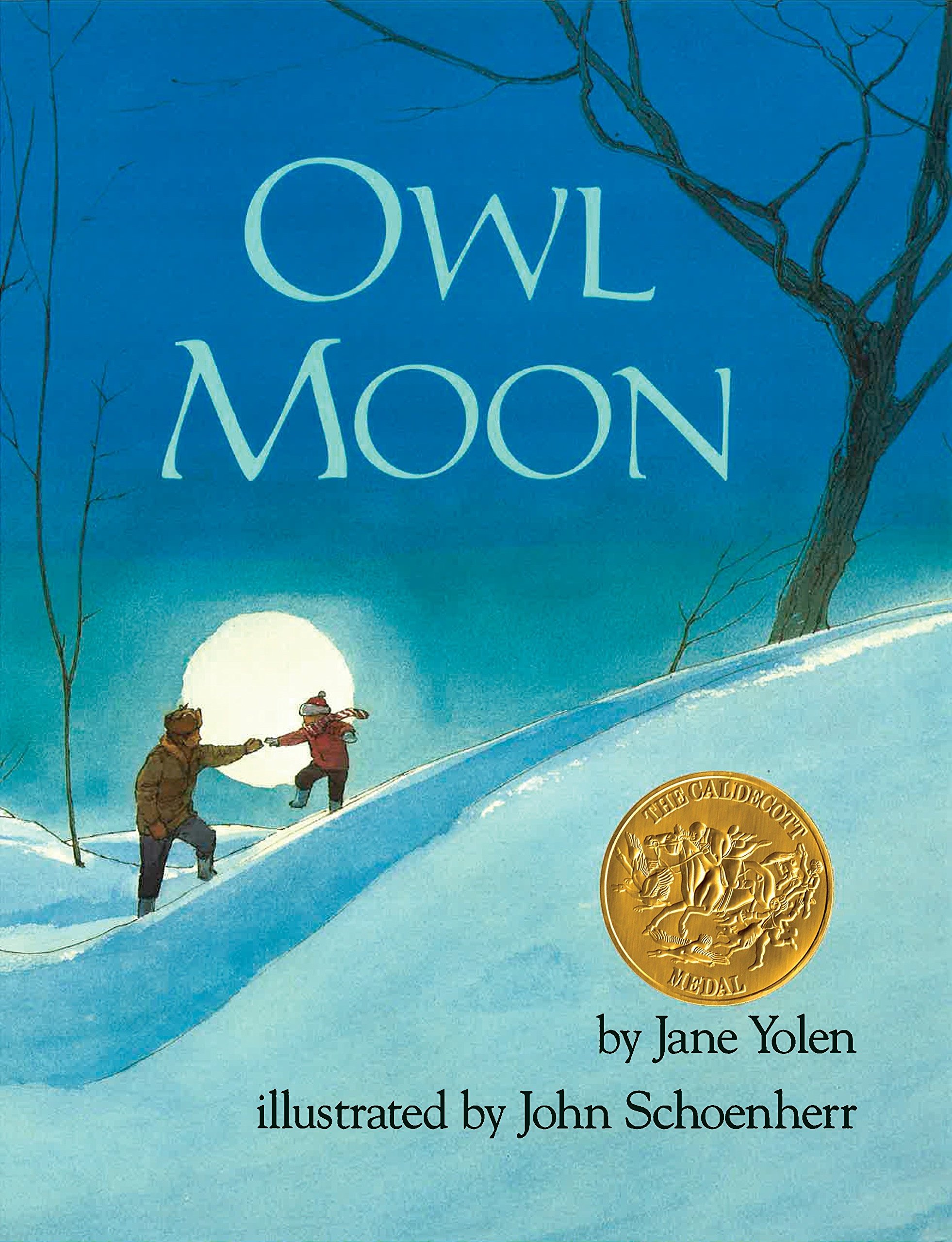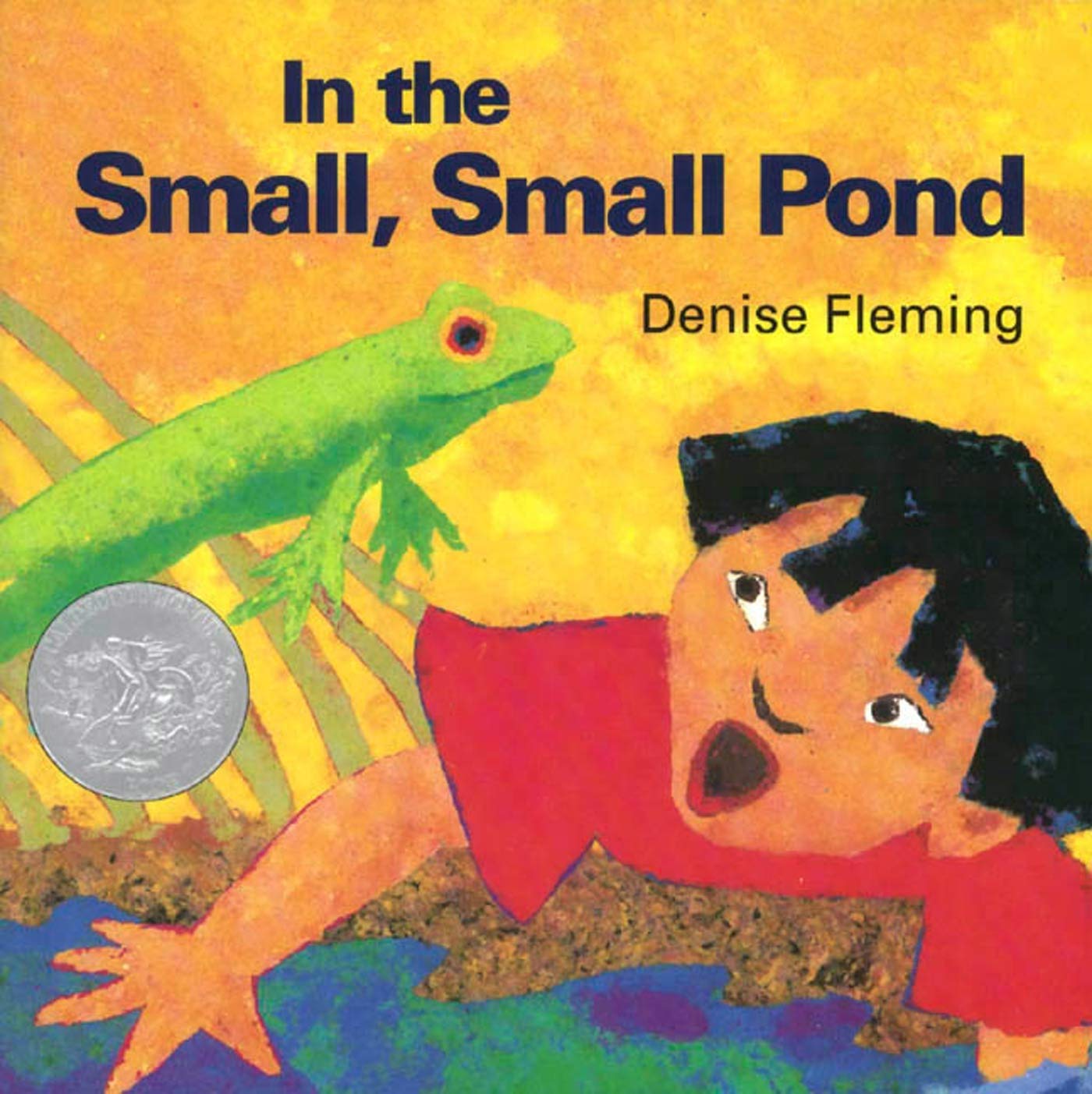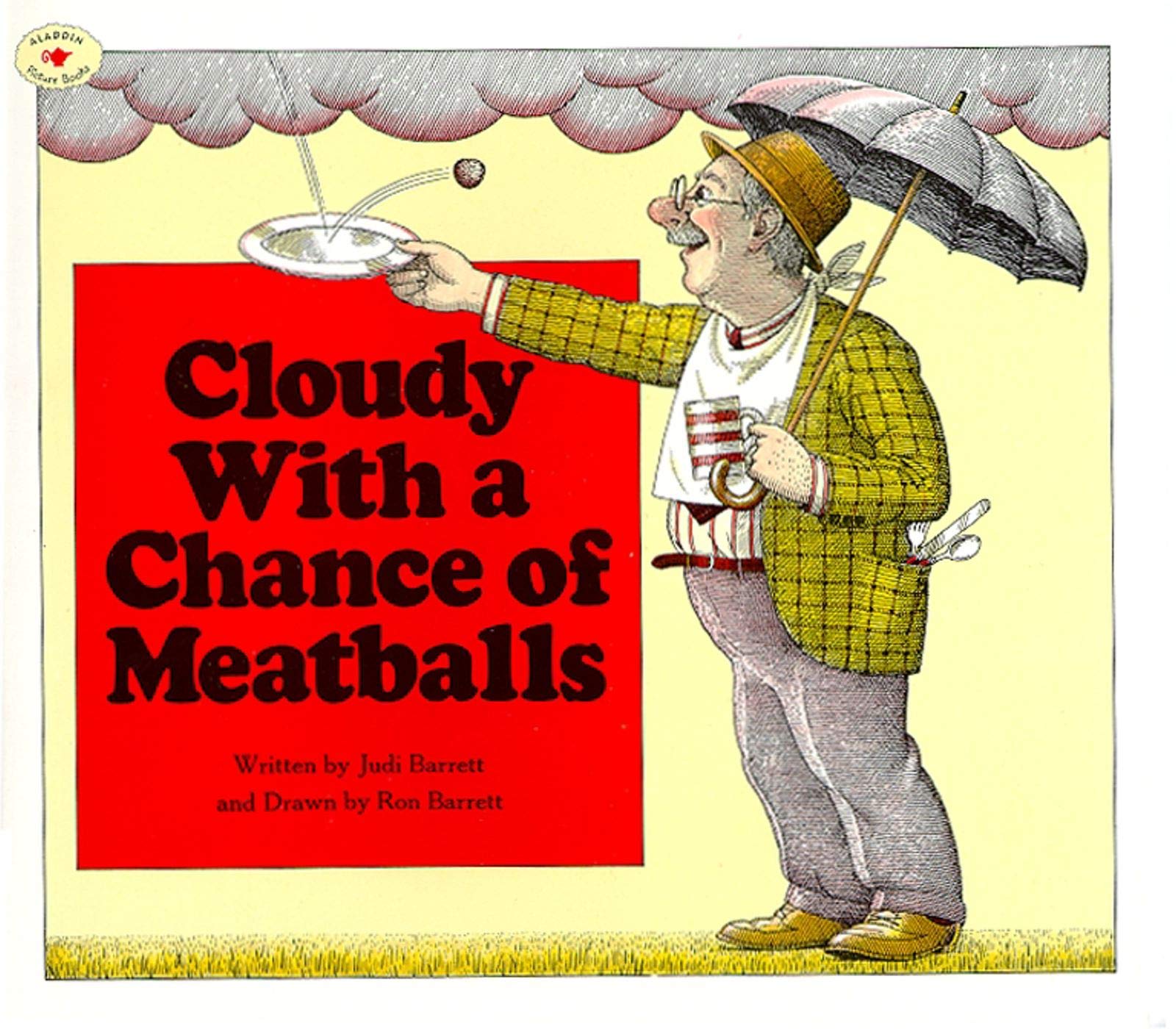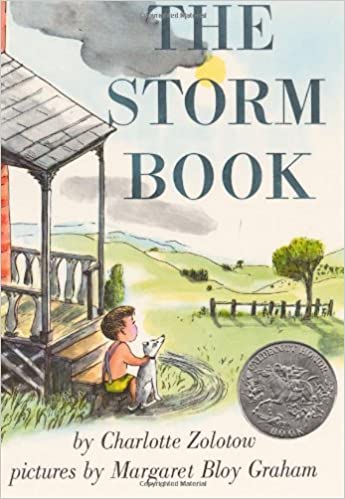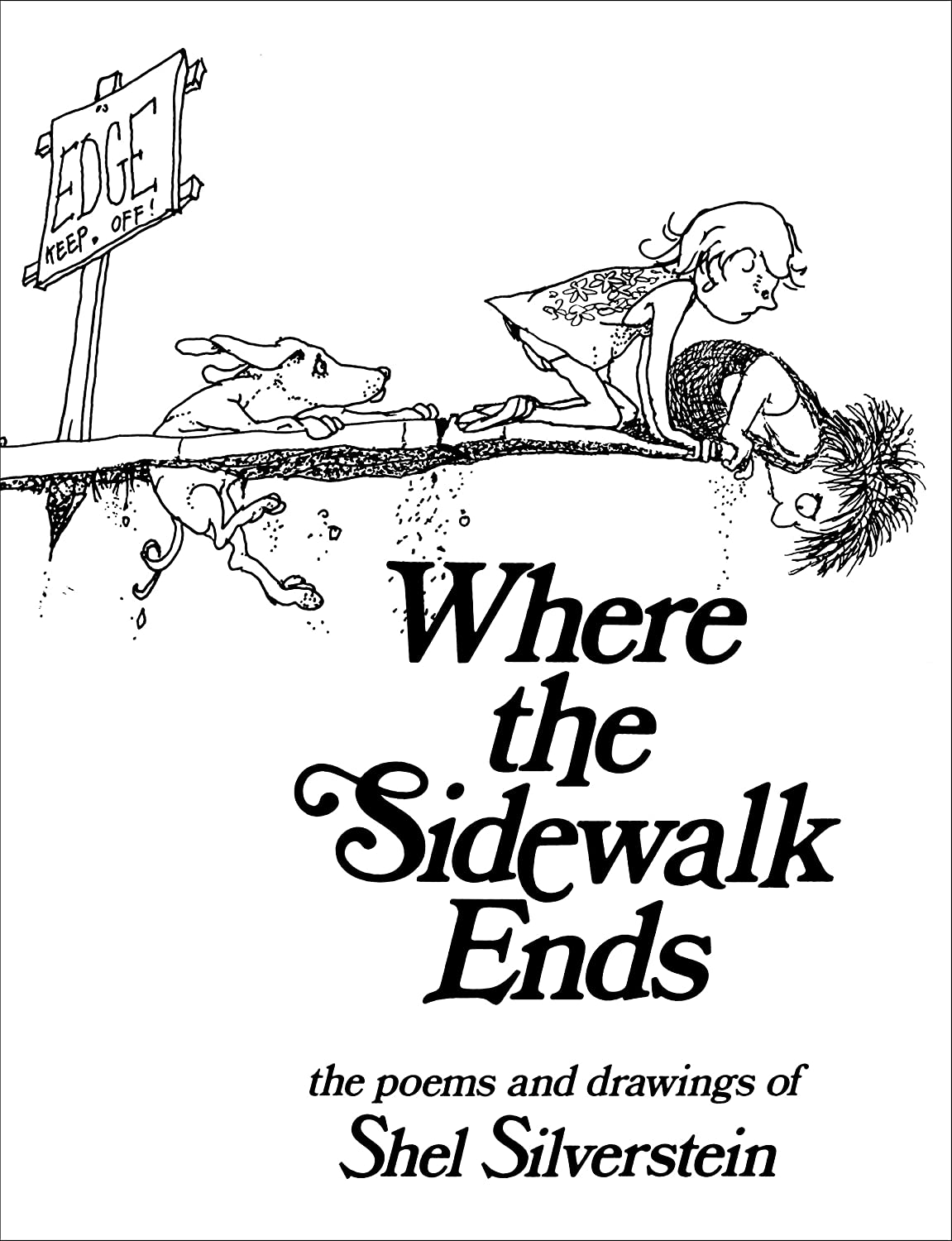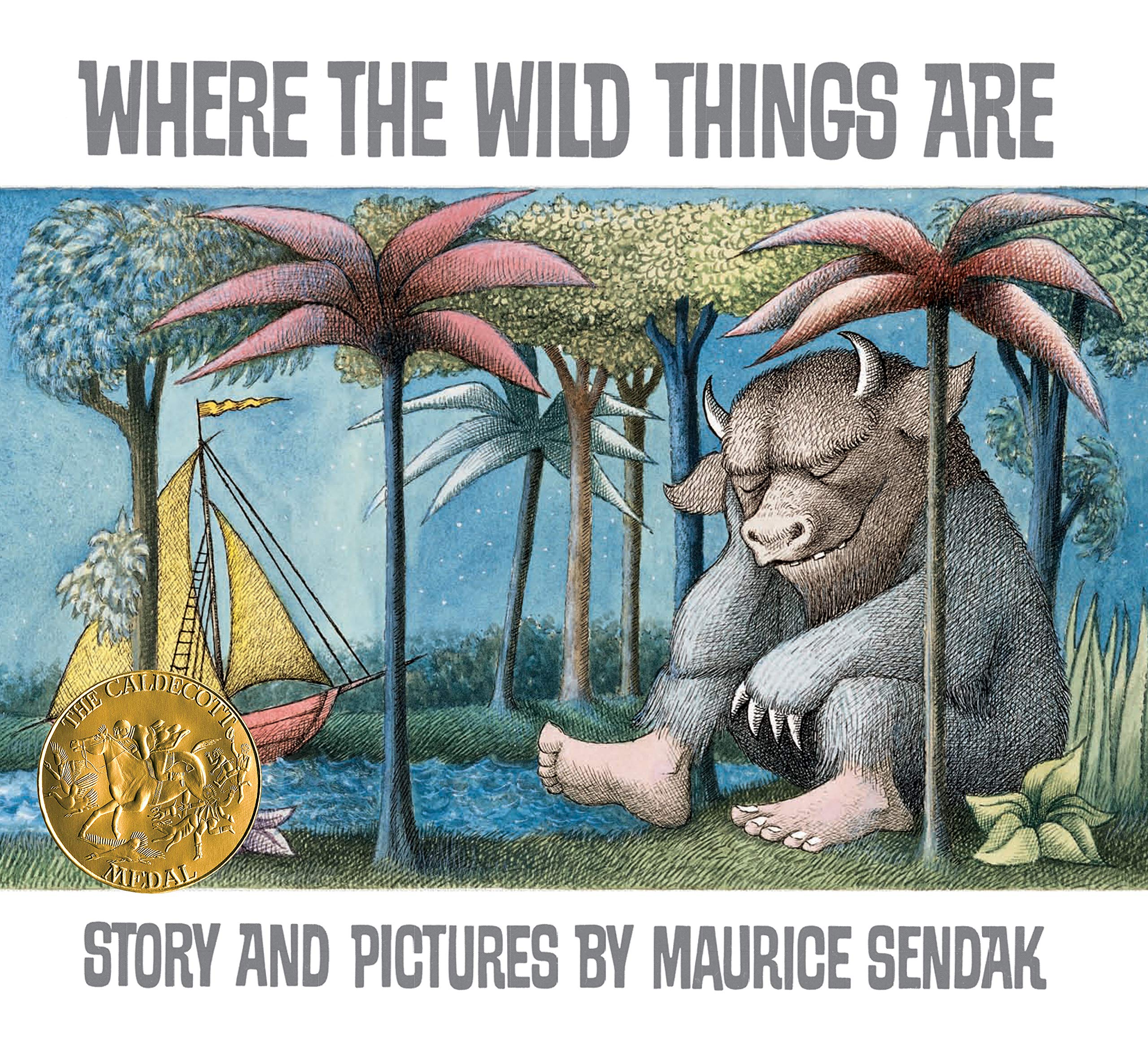10 Picture Books for Teaching Visualizing

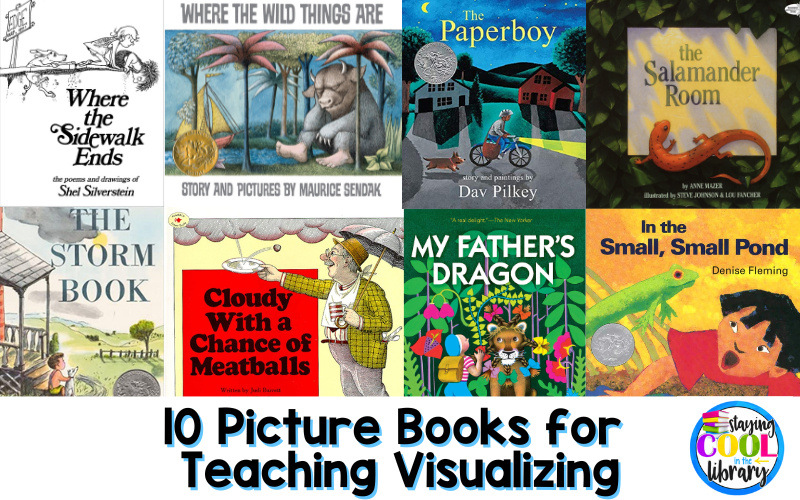
If there is one thing that makes people fall in love with reading, I believe it is the ability to visualize. The ability to take the words on a page and turn them into a mental movie. It’s visualizing that allows you to immerse yourself into a book and escape the here and now. While this skill comes naturally for some, it is a skill that often needs to be taught and practiced for many. Today I am sharing my favorite picture books for teaching visualizing.
How to Teach Visualizing
Teaching students to visualize is such a fun activity that students really love. Why? I believe it is because it connects two of their favorite things – being read to and drawing. Over the years I have found that the best way to focus on this skill is by reading to the students and having them listen. This takes away any reading struggles that a student may have and allows them to truly focus on the skill of visualization. This approach also makes teaching this skill to our emergent readers one that can be successful.
For your lesson, all you will need is your mentor text, a blank sheet of paper for each student, and crayons, markers, or colored pencils for the students. Before you begin, tell the students that you are going to read them a passage from the book two times. The first time their job is to listen. The second time their job is to draw the scene from the passage.
When teaching visualization I avoid showing the students the pictures from the book while I am reading. I don’t want the students to try and draw the “right answer” and match the book. Instead, I want them to really focus on the mental image they are creating in their minds. It is also a good idea to hide the cover of the book as the image on it may have the same result.
At the end of our lesson we share our pictures and I will share the pictures of the book. The focus of this is to teach students that we can all have different visualizations of the same story. . . and it is OK!
10 Picture Books for Teaching Visualizing
1. Owl Moon by Jane Yolen
This book is a sweet story of hope as a young girl and her father go searching for an owl at night. The descriptive words and sensory details of this book make it a perfect choice for teaching visualizing.
2. The Paperboy by Dav Pilkey
The Paperboy is a story of a boy and his dog who experience the quiet of the world before the world wakes up. This is a great book to take something known to our students and challenge them to “see it” at a time they normally don’t.
3. In the Small, Small Pond by Denise Fleming
Students will love exploring and discovering the small pond along with the main character in this wonderful book. Along the way, they will be able to create mental images of all the creatures found.
4. The Snowy Day by Ezra Jack Keats
Kids love winter and snow and there is nothing more magical than the first snowfall of the year. Your students will love visualizing the whimsy of this event as they listen to the words of Ezra Jack Keats in this classic book.
5. Cloudy with a Chance of Meatballs by Judi Barrett
Take your students on a weather adventure to the town of Chewandswallow and let them visualize what a rainstorm of food would be like. Sometimes the wacky and unexpected is the perfect choice for learning to visualize because students must really listen to the text. While this is a fantastic book for teaching visualization, I would avoid it if students have seen the movie.
6. My Father’s Dragon by Ruth Stiles Gannett
Your students will love joining Elmer on his adventures as he heads into the jungle to free a dragon. They will also love visualizing all the creatures Elmer meets on his journey.
7. The Storm Book by Charlotte Zolotow
Take your students someplace they don’t often go . . . into changing weather patterns. While we often notice the weather as it is, the details in the change of weather often unnoticed. This book makes a great visualization tool as the reader is taken from a hot, sunny day into the middle of a storm.
8. Where the Sidewalk Ends by Shel Silverstein
Where the Sidewalk Ends, or any of the poetry books by Shel Silverstein, are perfect for visualization practice. Students absolutely LOVE the silly, crazy, and often unexpected stories found in his poems. The short nature of the poems makes them great for practicing this important skill.
9. The Salamander Room by Anne Mazer
After finding a salamander in the woods, a young boy imagines how he can he turn his bedroom into the perfect salamander room. Your students will love imagining along and building mental images as they hear of the creations the boy has in mind.
10. Where the Wild Things Are by Maurice Sendak
After Max gets in trouble and is sent to his room, his imagination takes him on a journey to the place where the wild things are. Your students will love visualizing these wild things and Max’s adventures.
Looking for More Mentor Texts for Teaching Reading?
Check out these blog posts to find more great mentor texts for teaching a variety of reading skills.
- The Best Picture Books for Teaching Character Traits
- 8 Great Picture Books for Teaching the Main Idea
- 8 Awesome Fiction and Nonfiction Picture Books for Teaching Cause and Effect
- Using Picture Books to Teach Reading Strategies
Thank you for subscribing! A confirmation message has been sent to you with a link you MUST click on in order to begin receiving emails and gain access to the free resource library. Open your inbox and look for a message from "[email protected]".








